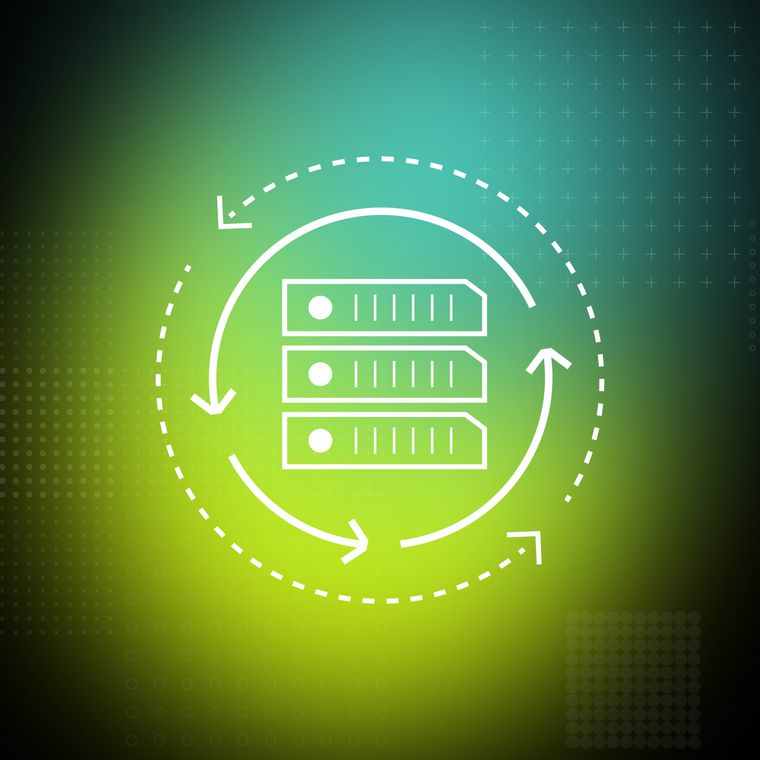Best Metrics to Track in Your Cyber Security KPI Dashboard
Focus on the KPIs that give real visibility into your security program’s performance and gaps.
July 29, 2025
Security leaders must translate technical operations into business risk language. Effective dashboards convert detection and response activities into executive-level insights, revealing coverage strengths, security gaps, and incident response speed. When boards question breach scenarios or ask about the value of risk mitigation, data-driven answers are essential.
A strategic dashboard framework should cover five key areas: threat detection effectiveness, incident response performance, security coverage analysis, risk quantification trends, and operational efficiency metrics. This approach transforms cybersecurity from a technical function into measurable business value, enabling informed resource allocation and demonstrating how security investments protect organizational assets and reduce overall risk exposure.
This guide walks through five categories every cybersecurity dashboard should cover.
Visibility Metrics
You can't protect what you can't see. Visibility metrics help you understand how much of your environment is actually being monitored. If assets aren't tracked, attackers are aware of this and take advantage.
Here's what to keep an eye on:
Asset inventory completeness: What percentage of endpoints, servers, cloud instances, and SaaS apps are accounted for? The closer you are to 100%, the more accurate your vulnerability and patching reports will be.
Shadow IT detection: How often are new, unapproved apps or devices discovered? Each one represents a hole in your defenses, something that skipped MFA, logging, and policy controls.
Identity-based asset coverage: Are service accounts, email users, and collaboration platforms governed by policy and behavioral analytics? If not, you're missing key parts of your environment.
Even a small improvement in visibility can significantly reduce detection times and provide your team with a clear starting point for tightening coverage.
Threat Detection and Prevention Metrics
The goal isn't to block everything. It's to block what matters. These metrics focus on real-world attack paths, especially phishing, business email compromise (BEC), and malware delivery.
So, what should you track? Here are three key metrics that you can get started with:
Blocked Phishing Attempts: Volume alone isn’t enough. Examine the sophistication of the attacks, their target audience, and whether they're bypassing existing filters.
Detected BEC attempts: These are often subtle, an invoice request from a spoofed vendor, or a tone-shifted email from a fake executive. Tracking these attempts shows whether your controls understand context, not just sender reputation.
Flagged Malware Attachments: Track volume, threat type, and delivery method. This helps reinforce user training and identifies which attack vectors are still being exploited.
And don’t just count detections, analyze the false positive rate too. Reporting on volume without accuracy skews your metrics and wastes analyst time.
Response and Remediation Metrics
Response and remediation metrics quantify your team's operational performance in containing and eradicating real threats. Mean Time to Detect (MTTD) measures the average delay between an attacker's first action and your team recognizing it. Tracking MTTD alongside attacker dwell time reveals whether visibility improvements actually close the window for lateral movement. Shorter detection windows directly correlate with reduced breach scope and business impact.
Mean Time to Respond (MTTR) measures the span from initial alert to full containment and remediation, covering investigation, isolation, patching, and recovery. Rapid incident closure reduces downtime and forensic expenses that accumulate when attackers maintain persistence.
Volume metrics provide additional context for time-based measurements. Track the ratio of open to closed incidents and the average age of unresolved tickets. A rising backlog or incidents aging past service-level targets indicate process bottlenecks that inflate MTTR.
These metrics create an objective feedback loop that demonstrates operational efficiency to executives. Research confirms that shorter MTTD and MTTR correlate directly with lower breach costs and reduced operational disruption.
To begin with you can use these benchmarks to evaluate performance:
MTTD: 30 minutes to 4 hours for mature security operations
MTTR: under 24 hours for high-severity incidents, 72 hours for medium severity
Incident Backlog: fewer than 10 percent of cases open beyond one week
Tracking these metrics side by side shows executives exactly how quickly your team can identify, contain, and eradicate threats while maintaining operational standards.
User and Identity Risk Metrics
Start with identity behavior to uncover compromised accounts and insider threats that traditional perimeter tools miss. When building your dashboard, prioritize metrics that highlight abnormal access patterns and credential misuse.
This is where you need to focus on four foundational signals, which are:
IAM Incident Frequency: While not an industry standard, tracking identity and access management (IAM) incidents helps expose gaps in controls and prompts timely investigations.
Privileged Access Reviews: Regular audits ensure admin accounts are still necessary and behaving as expected. Unscheduled logins and off-hours changes signal elevated risk.
Credential Exposure Monitoring: Detect leaked credentials on dark-web marketplaces tied to your domain. Each discovery should trigger a mandatory password reset before exploitation occurs.Anomalous Behavior Scoring: Aggregate login anomalies, data transfer spikes, and privilege escalations into a unified risk score for each user.
Feed these metrics into your incident response queue and track weekly resolution rates. A declining backlog indicates effective containment of insider threats.
Business Impact Metrics
Business impact metrics help translate cybersecurity performance into financial terms that resonate with executives. Focus on metrics that highlight cost savings, risk reduction, and compliance progress.
Lead with estimated financial loss avoided. Multiply the industry’s average breach cost by the number of blocked incidents to show how security spend offsets potential losses. Pair this with a security ROI ratio to quantify value at a glance.
Track critical vulnerability reduction by charting exploitable Common Vulnerabilities and Exposures (CVEs) each month. A downward trend shows patching progress; a plateau signals resource gaps. Apply the same tracking to open vs. remediated audit findings to monitor compliance.
Finally, report regulatory compliance pass rates as percentages across frameworks like GDPR or HIPAA. While high scores are promising, note that audits also require supporting evidence. Bundling these metrics into a dashboard connects daily security work to business outcomes, making budget conversations faster and more effective.
Dashboard Design Considerations
Effective KPI dashboards prioritize clarity, real-time insights, and role-specific views to ensure security data drives action. Organize metrics into intuitive categories, visibility, detection, response, identity, and business impact, so teams can quickly pinpoint where attention is needed. Keeping dashboards focused prevents data overload and ensures that critical insights stand out.
Real-time information adds significant value by enabling teams to detect and respond to threats as they emerge. To support this, dashboards should offer tailored views: executives benefit from high-level summaries that reflect business impact, while analysts need deeper access to raw logs and alert details. Role-based access controls help ensure sensitive data is available only to the right audience, at the right depth.
Rather than displaying static snapshots, dashboards should illustrate ongoing progress. Trend lines reveal whether key metrics, such as Mean Time to Detect, are improving over time, while color-coded thresholds signal performance at a glance.
Adding benchmark indicators provides valuable context by comparing current outcomes against internal goals or industry standards. Altogether, this creates a dynamic, real-time view of your security posture that supports faster, more informed decision-making.
From Metrics to Action: How Abnormal Powers Smarter Dashboards
Abnormal turns cloud email data into actionable cybersecurity insights by analyzing every message, file, and user interaction across Microsoft 365 and Google Workspace. This agentless integration allows Abnormal to build a behavioral baseline for each user, identifying anomalies that legacy, rule-based tools often miss.
By monitoring internal account activity alongside email traffic, Abnormal boosts threat detection coverage and reduces blind spots, improving Mean Time to Detect (MTTD) and Mean Time to Respond (MTTR), which are critical for lowering breach costs.
User-specific risk scores identify compromised accounts through behaviors like unusual logins or rapid mailbox rule changes. This behavioral context helps teams focus on true threats, not alert noise.
Security leaders can track phishing detection rates, BEC attempts, and account takeover trends in real time. Every incident includes rich context like sender history and tone shifts, to streamline triage and resolution.
For KPIs that reflect real risk and drive faster response, request a demo and see how Abnormal makes dashboards smarter and more impactful.
Related Posts
Get the Latest Email Security Insights
Subscribe to our newsletter to receive updates on the latest attacks and new trends in the email threat landscape.


